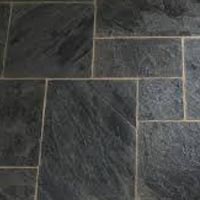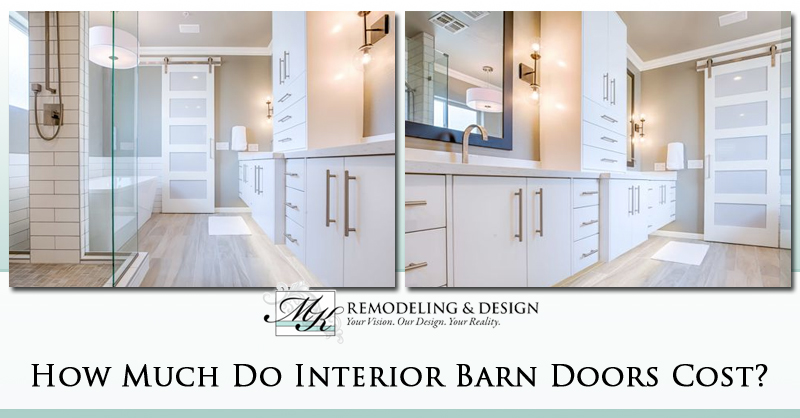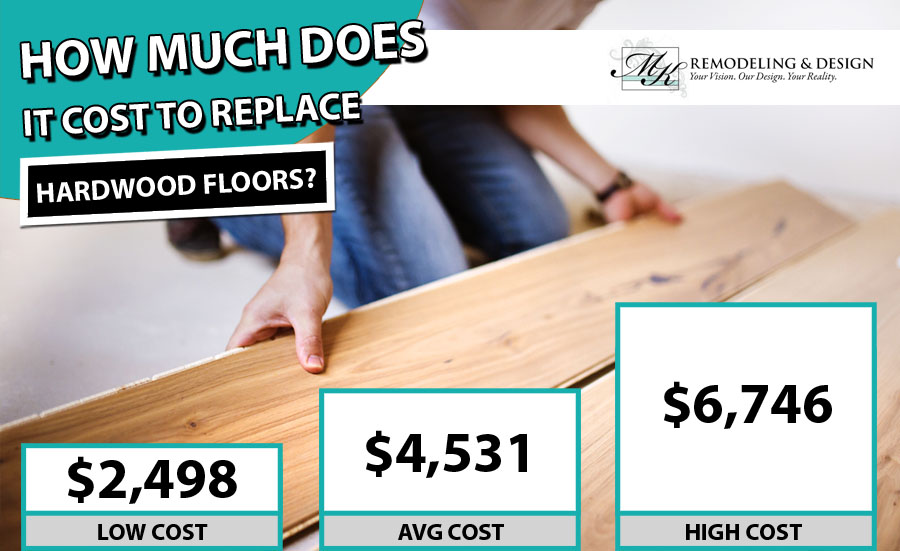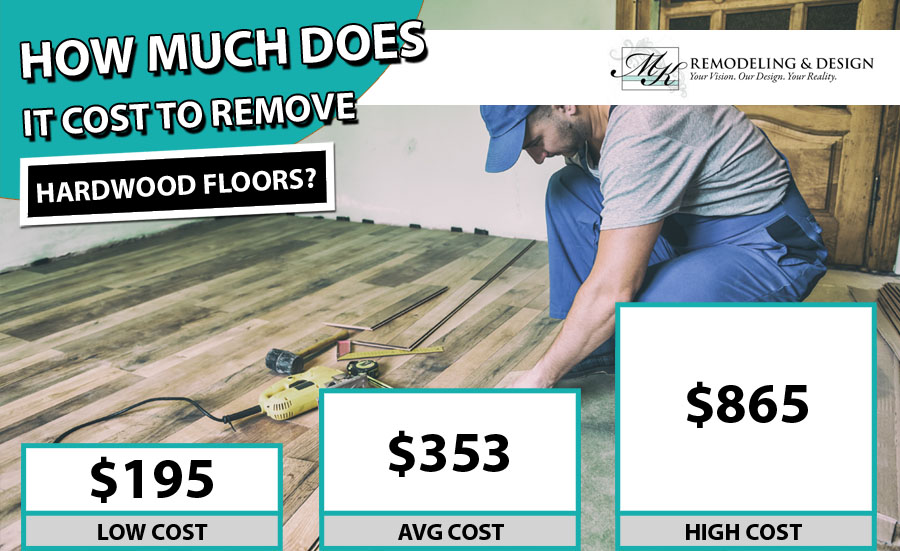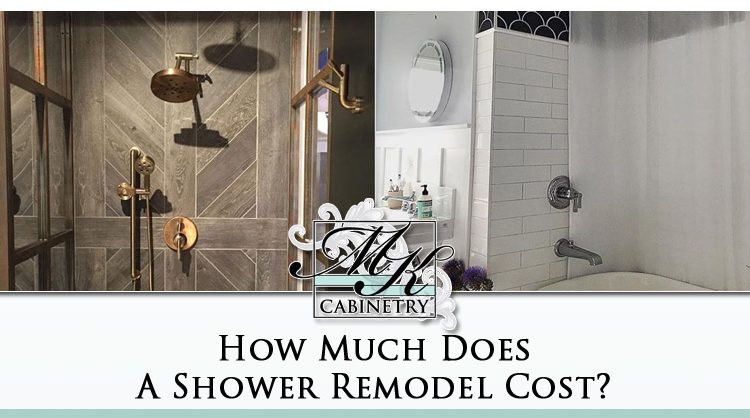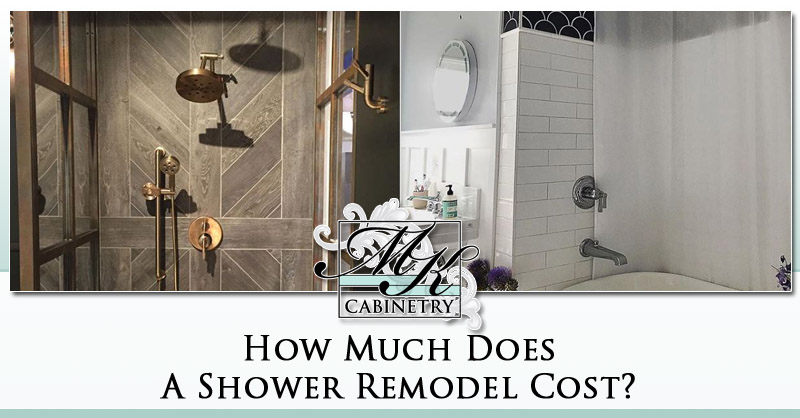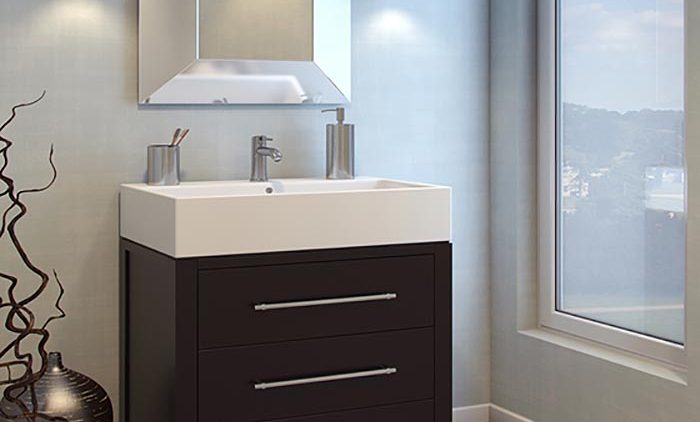The Best Range Hood For Your Kitchen
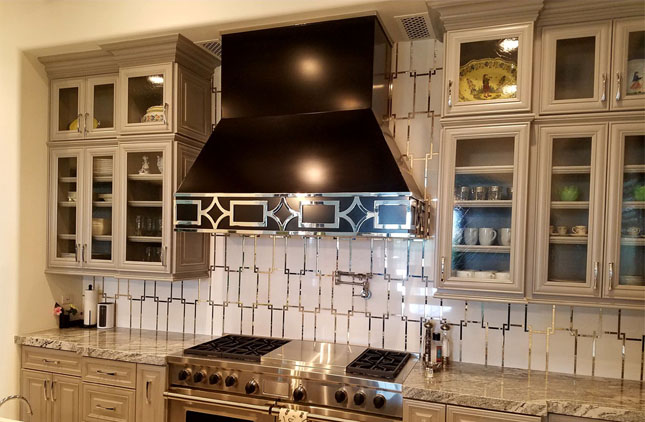
You may have set off the smoke alarm in your kitchen at one time or another, so you already know how essential having a range hood is. So how do you determine which range hood is right for you and your kitchen? As you examine your options, keep these considerations in mind.
The Design of Your Kitchen
The layout of your kitchen plays big factor in how much space you have to work with and how best to install your range hood. Plus, there are many different types of range hoods to choose from. A good rule is to aim to mount the hood around 24-30 inches above the range.
Depending on your kitchen’s configuration, vent hoods can be wall mounted, integrated into your cabinets, or hung from the ceiling over an island range. There are even telescoping hoods that can be expanded when in use or retracted and concealed when they are not. Another option is a downdraft kitchen hood, that comes up from the back of the range.
Kitchen Hood Exhaust Systems
A ducted exhaust system uses ducts to push air away and out of the home. “Out” being the key. What this means is you can’t vent into another area of your home like an attic. If you have a ducted system, you can probably guess that it’s best to mount the hood to an exterior wall. That way, the ducting is more efficient and there is not much of it. The further away you get from an exterior wall, the more complex and costly the ducting and hood installation will be.
With a duct-free exhaust system, the air is filtered, cleaned and then returned into the kitchen rather than being pushed outside. These systems are typically less efficient than ducted systems, and they need more maintenance with regular cleanings and filter replacement.
Kitchen Range Hood Fan Power
The size of the kitchen will determine how powerful the exhaust hood fan needs to be to clear the air and help impede cooking odors. To find out what your needs are, multiply your kitchen ceilings height by the length and width of the room. This will determine the volume of your kitchen.
Kitchen Ceiling Height X Width of the Room = Volume of the Kitchen
Realistically, you should decide on a range hood that can replace or clean the air in that space no less than 8 times an hour.
Styles of Kitchen Range Hoods
Obviously, you will want a vent hood that coordinates with the style and look of your kitchen and speaks of your personal taste. So, you will want to consider the different finishes available and the maintenance involved to keep them looking clean. Different things like, a shiny or brushed finish, the material choice, like stainless steel, copper or brass, etc. You’ll also want to bear in mind the general look, meaning if it’s traditional or modern for example, or if it fits perfectly with your home’s overall architectural style. Finally, you may want to think about how flawlessly you want it to be incorporated into your kitchen. If you’re looking to make a daring statement, you may want to choose something that distinguishes itself from the rest of your décor and pick a striking color or eye-catching placement.
Range Hood Noise Volume
You could decide on an incredibly powerful oven hood, but if it sounds like a small airplane taking off, it’s usually not worth it. Instead, professional recommend choosing one that works by drawing air towards the edges or of the hood instead of moving it over a large area. Not only does it make the hood more efficient, it also helps keep the noise level down.
Kitchen Range Hood Cost Considerations
Just like almost anything else you buy for your home cost can vary largely. Size, power, materials and special hood additions such as automatic shut off, heat sensors, and built-in lighting will all influence the cost of the range hood. Also, don’t overlook range hood installation costs. This may be a job best left to the professionals. Just remember that the labor and materials, can quickly add up, and possibly cost more than the cost of the range hood itself.
GET A KITCHEN RANGE HOOD QUOTE IN MESA HERE!
Are you thinking about installing a kitchen range hood in Mesa, Arizona? MK Remodeling offers professional and affordable remodeling services including kitchen remodeling in many areas of the Phoenix, Arizona area.

